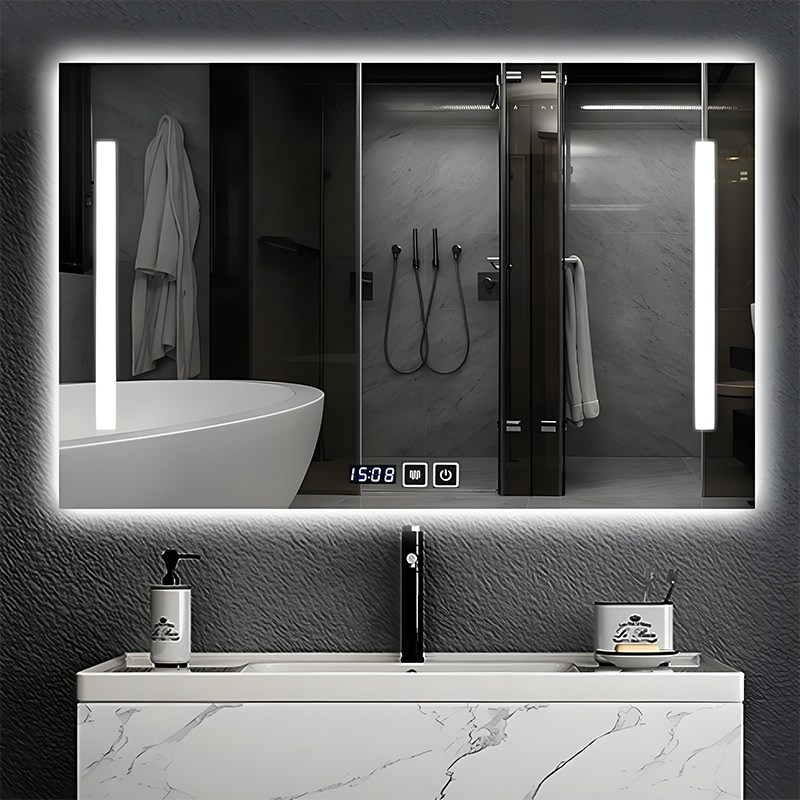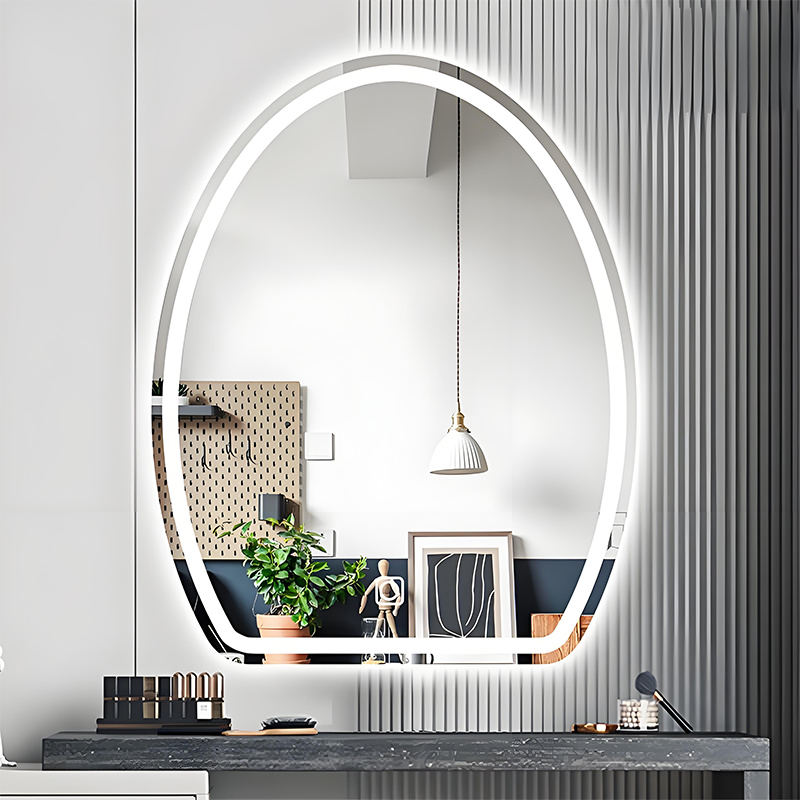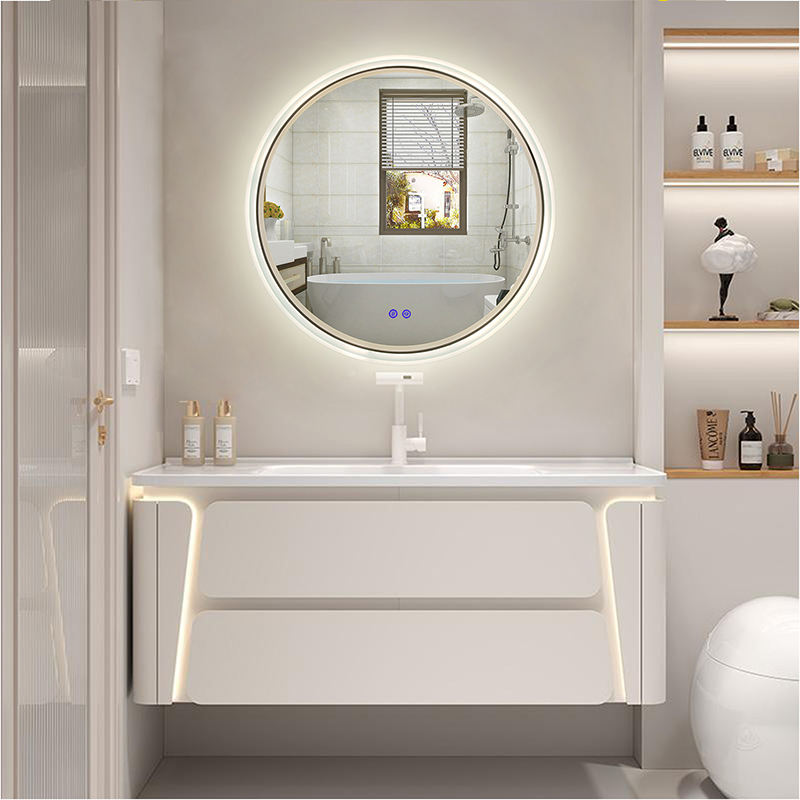The Role of Packaging in Ensuring Mirror Safety and Market Appeal
When buyers place an order for mirrors—whether bathroom mirrors, dressing mirrors, or smart mirror cabinets—few realize that one of the most important steps lies after production is finished: the packaging. For exporters and importers alike, packaging is not just about wrapping a product; it is about protection, branding, and compliance.
Why Packaging Matters for Mirrors
Mirrors are fragile by nature. A single crack or scratch can make the entire product unsellable. For international shipments that travel thousands of miles by sea or air, packaging must act as a reliable safeguard. Proper design prevents breakage, reduces return rates, and ensures customers receive a product in perfect condition.
Protective Layers that Make a Difference
Professional mirror factories typically adopt multi-layered protection strategies:
Surface film or foam sheets to prevent scratches during handling.
Corner protectors made of rubber or thick cardboard to absorb shocks.
Honeycomb cardboard or wooden crates for large mirrors, keeping them stable in transit.
Moisture-resistant wrapping to avoid corrosion or fogging during sea freight.
These details may sound simple, but they are essential to surviving the journey from factory floor to end user.
Balancing Safety and Efficiency
Packaging is not only about protection—it also needs to consider logistics efficiency. A bulky crate that saves one mirror but doubles freight costs is not practical. That’s why manufacturers experiment with optimized carton sizes, stacking methods, and palletization, ensuring both safety and cost-effectiveness for importers.
Packaging as Part of Brand Image
Today, packaging is also seen as a marketing tool. A bathroom mirror that arrives in custom-printed boxes with brand logos, care instructions, and eco-friendly materials enhances the buyer’s reputation. For retail distribution, attractive packaging can even influence the final customer’s perception before the product is unboxed.
Compliance with Export Standards
Many overseas markets have specific packaging requirements. For example:
ISPM 15 certification for wooden crates in international shipping.
Eco-friendly packaging rules in the EU, where recyclability is emphasized.
Labeling requirements like CE marks, barcodes, or handling symbols.
Factories that understand these rules save importers time and potential headaches at customs.
Final Thoughts
In the mirror industry, quality doesn’t end with the glass and frame—it extends all the way to packaging. Strong, efficient, and well-designed packaging is the hidden factor that ensures mirrors arrive intact, strengthens branding, and supports smooth international trade.
🌍 At Jingfan Lighting, we not only manufacture bathroom mirrors and mirror cabinets but also provide export-ready packaging solutions that balance safety with cost efficiency. Every shipment reflects our commitment to protecting both the product and the reputation of our partners.





